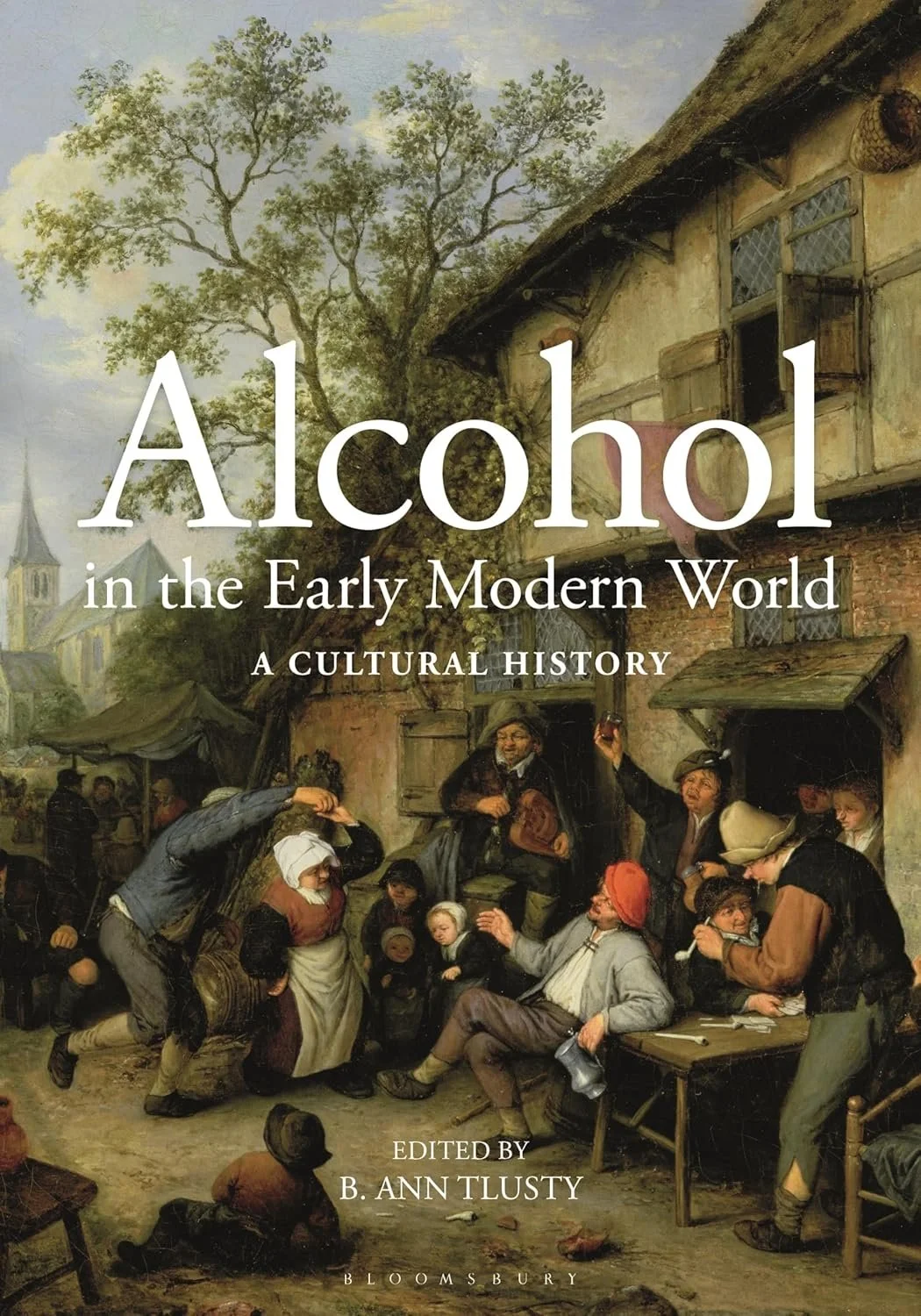Photo by Krisztina Papp on unsplash
In Alcohol in the Early Modern World, editor B. Ann Tlusty contributes an essay on the medicinal and hygienic applications of alcohol. She discusses how Galen of Pergamum (AD 130–200) used the theory of “humours” to explain individual differences in character. Galen believed that the body contained four important liquids called humors, which were phlegm, blood, yellow bile, and black bile. These humors must remain in balance for a person to remain healthy. If there was too much of one humor, illness occurred.
The “four humors theory” was to become a prevalent medical theory for over a millennium after Galen's death.
Tlusty notes that in the humoral system intoxication from wine was just as beneficial to those whose excess of black bile produced a melancholic temperament in them as wine itself was. Indeed, inebriation could be seen as a useful component of a careful regimen, up to and including the purgative nature of vomiting.
Brandy was applied by doctors “as an antidote for emotional problems (such as melancholy and insomnia); as an anesthetic for virtually every kind of pain (toothache, headache, stomach ache, labor pains, etc.); as an aid to digestion; as a cure for forgetfulness; to relieve the symptoms of plague; to lose weight; and even as a remedy for graying hair and deafness.”
In time, the medical focus on drinking shifted to the danger of overuse. And by the late 17th century, drunkenness was a malady not of body fluids but of reason.


